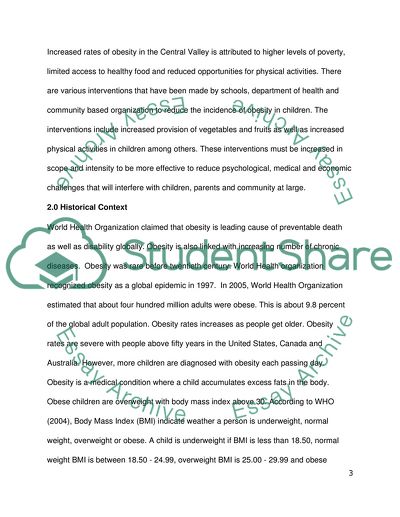Cite this document
(Why is Child Obesity on the Rise Research Paper, n.d.)
Why is Child Obesity on the Rise Research Paper. Retrieved from https://studentshare.org/health-sciences-medicine/1748236-why-is-child-obesity-on-the-rise
Why is Child Obesity on the Rise Research Paper. Retrieved from https://studentshare.org/health-sciences-medicine/1748236-why-is-child-obesity-on-the-rise
(Why Is Child Obesity on the Rise Research Paper)
Why Is Child Obesity on the Rise Research Paper. https://studentshare.org/health-sciences-medicine/1748236-why-is-child-obesity-on-the-rise.
Why Is Child Obesity on the Rise Research Paper. https://studentshare.org/health-sciences-medicine/1748236-why-is-child-obesity-on-the-rise.
“Why Is Child Obesity on the Rise Research Paper”, n.d. https://studentshare.org/health-sciences-medicine/1748236-why-is-child-obesity-on-the-rise.


